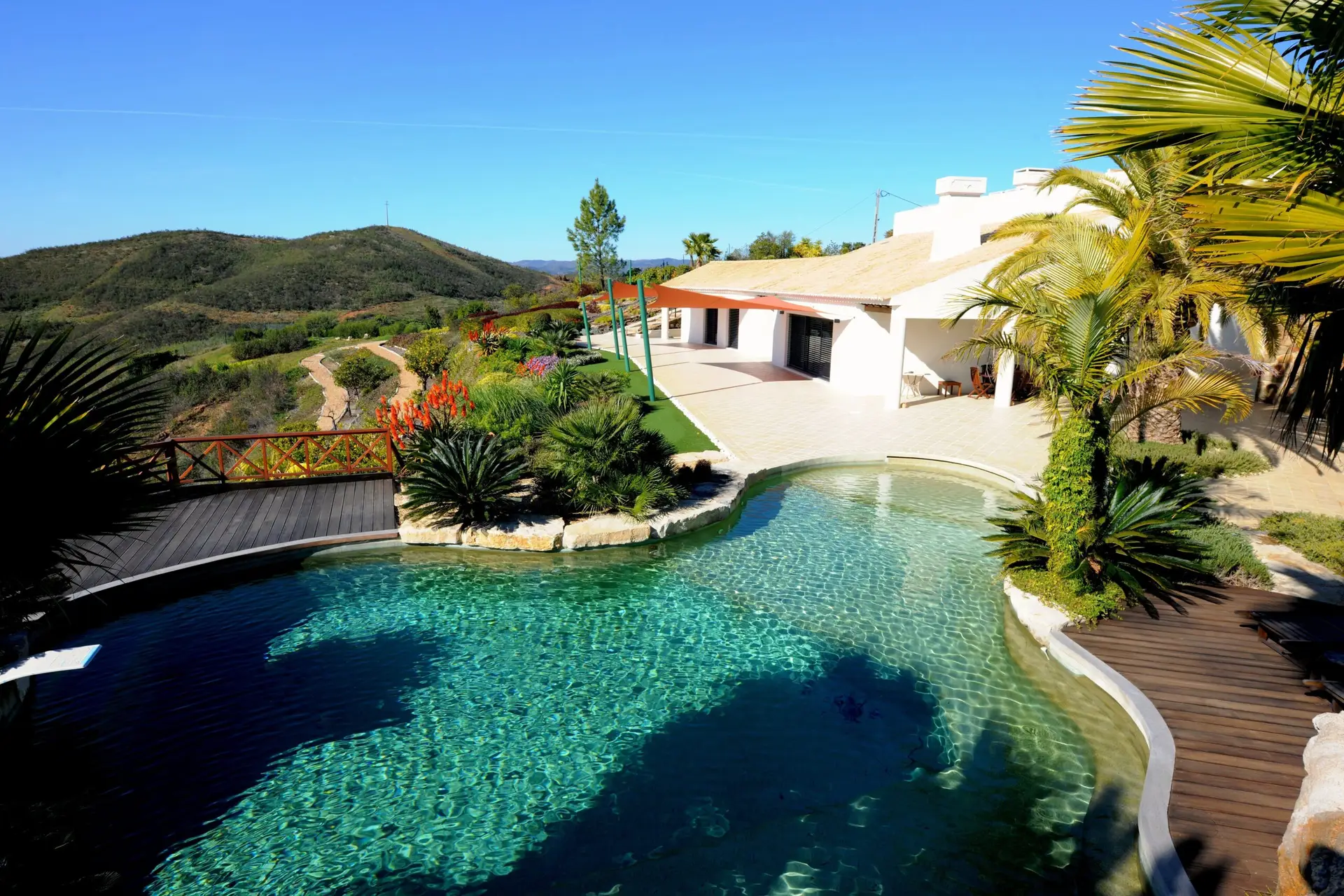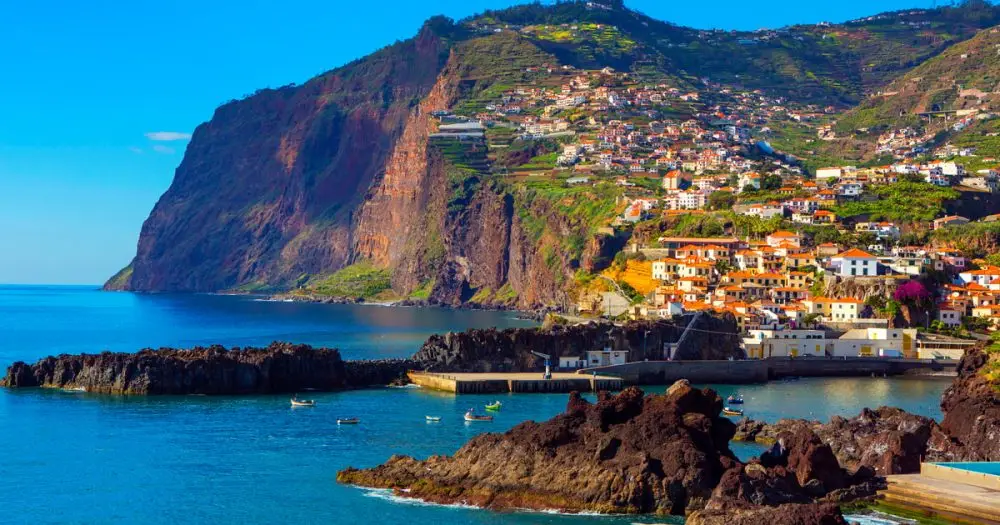The real estate market is surrounded by an aura of stability, reliability, and passive income. However, most perceptions of it are based not on facts, but on entrenched misconceptions. It is precisely the myths about real estate investments that lead to erroneous decisions, unprofitable investments, and incorrect strategies.
Without deep analysis and accurate calculations, even an investment in an elite property in the city center can lead not to profit, but to a prolonged financial loss. Understanding the mechanics of the market, location specifics, legal burdens, and real profitability distinguishes an investor from an adventurer.

Overrated Trap of Tranquility: Popular Myth about Real Estate Investments
Myths about real estate investments often start with the idea of complete investment safety. The common belief that “properties always appreciate” ignores real economic cycles, demand downturns, and devaluation risks. For example, in 2015, the Moscow housing market saw a 18% drop in average square meter prices due to a currency crisis and buyer exodus. Owners of “reliable” apartments in older buildings faced illiquidity and had to offer up to a 25% discount for quick sales.
In addition, the payback period is often stretched. For instance, a one-bedroom apartment near the “Aviamotornaya” metro station, rented out for 50,000 rubles per month, on average pays off in 20 years with a price of 12 million rubles, considering annual taxes, utility bills, costs for cosmetic repairs, and tenant vacancies. The illusion of “peaceful income” shatters when calculating the real profitability.
“Rent Guarantees Passive Income”: Instead of Dividends, Constant Management
The second most common myth about real estate investments is the belief in the “passivity” of rental income. In practice, owning a property requires constant attention: tenant selection, contract formalities, property condition monitoring, addressing technical issues, and tax obligations.
The average occupancy rate for short-term rentals in Sochi is 72% according to Daily Rent service data for 2024. Up to 30% of the profit is spent on maintenance: cleaning, administration, equipment replacement. Long-term rentals bring other challenges: payment delays, problematic tenants, contract terminations. Property management companies charge 10 to 20% of the turnover, further reducing profitability.
“Early Stage Purchase Is Always Profitable”: Risk of Unfinished Construction and Depreciation
Myths about real estate investments include a blind faith in profits from buying at the excavation stage. However, the Ministry of Construction statistics for 2023 recorded 174 problematic projects in Russia, affecting over 85,000 deceived co-investors. Unforeseen delays in project completion, design deterioration, contractor changes are common realities in the new construction market.
Even with successful project completion, the final value may not meet expectations. For example, in New Moscow, apartments in the “Rasskazovo” complex cost 6.5 million rubles during construction, but after completion, the average price dropped to 6.2 million rubles due to oversupply in the economy-class segment. The market does not always confirm the expected margin of 20–30%.
“Real Estate Always Appreciates”: Cyclical Nature and Local Failures
The common misconception of “eternal growth” in housing prices contradicts years of market observations. Myths about real estate investments distort the market as a constant expansion. In 2008, amidst the crisis, property prices in Moscow dropped over 40% in dollar terms. The decline lasted until 2010, and it took 5 years for prices to return to pre-crisis levels.
Local failures are also not uncommon. For instance, in 2022, new developments in the Academic microdistrict of Yekaterinburg saw a price decrease of 11% in six months due to an excess of square meters. Choosing an unsuitable location or housing category can easily turn an investment into a long-term illiquid burden.
“Property in Resort Areas Is a Gold Mine”: Oversupply and Seasonal Risks
Myths about real estate investments in seaside resorts create an image of perpetual rental income. However, locations like Anapa or Gelendzhik are already saturated with offerings: according to CIAN data, in 2024, the number of summer rental property listings increased by 38%, while demand only rose by 11%. The result is vacancies, price reductions, and undercutting by private landlords.
Moreover, seasonality sharply limits annual income. A 9 million ruble apartment in Lazarevskoye brings an average of 450,000 rubles over three summer months, but remains vacant for the other 9 months. Factoring in all expenses, the annual yield is below 5%, comparable to a deposit in a major bank but requiring significantly more time and resources.
“Commercial Real Estate Yields More”: Rate Not Always Justified
The common claim of stable office, street retail, and warehouse profitability overlooks high entry barriers and management complexities. Myths about real estate investments overestimate the B2B segment. Buying a 60 m² space in central Kazan requires at least 14 million rubles, and with a rent rate of 120,000 rubles per month, the payback period exceeds 12 years with ideal occupancy.
In addition, the owner faces costs for tenant-fit-out, increased wear and tear, building maintenance fees, HOA charges, advertising, and legal transaction support. In case of reduced foot traffic or tenant closure, the space may remain vacant for up to 9 months, especially in crisis conditions.

Debunking Myths about Real Estate Investments
Reasons why misconceptions fail:
- Ignoring taxation: property tax, personal income tax, land tax reduce net income.
- Hidden expenses: repairs, furniture, appliances, insurance, intermediary services require regular investments.
- Downtime between tenants: loss of income and additional expenses for interior updates.
- Currency fluctuations: reduced purchasing power, material cost increases, demand drops.
- Psychological pressure: expectation of price growth, fear of missed opportunities, market news dependency.
- Lack of experience: incorrect property evaluation, poor location choice, mistakes in contracts and calculations.
- Legal risks: encumbrances, inaccurate documents, neighbor disputes, developer bankruptcies.
Conclusion
Myths about real estate investments lose their power when confronted with specific figures, payback periods, and property operation conditions. A successful strategy always relies on detailed analysis, sober location assessment, comparison of alternative investment formats, and meticulous planning. Residential and commercial real estate can yield stable income only with sound management, risk understanding, and readiness for market instability.
 en
en  ru
ru  de
de  ar
ar  es
es  nl
nl  hi
hi  fr
fr  it
it  pt
pt  el
el 











